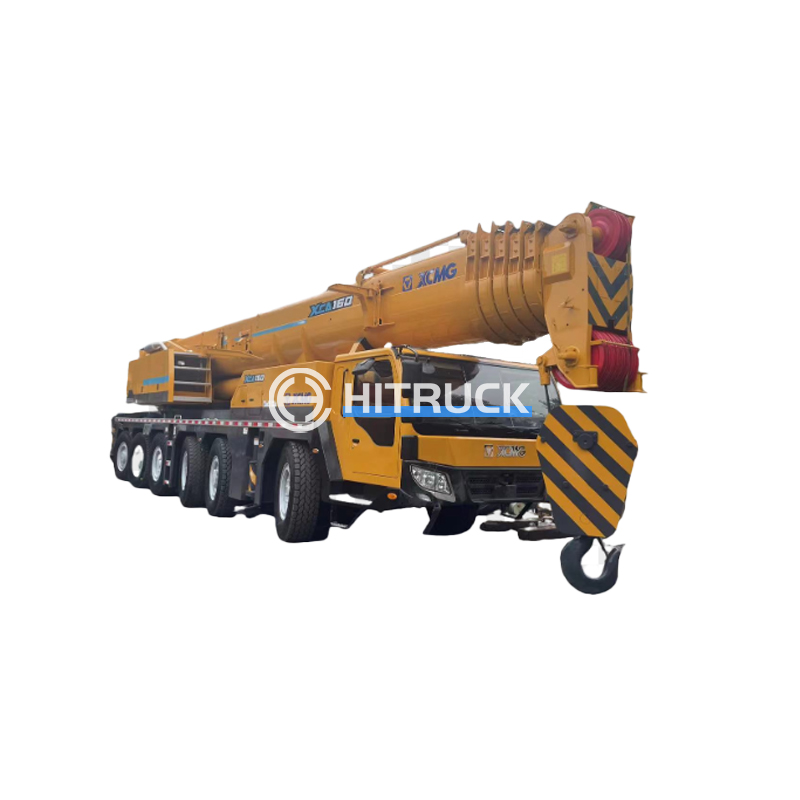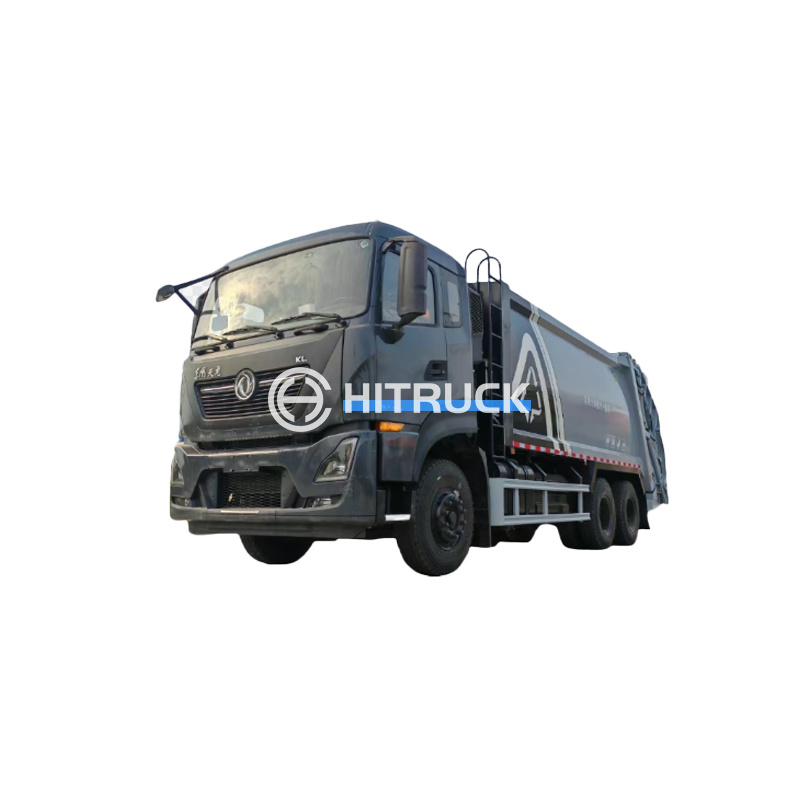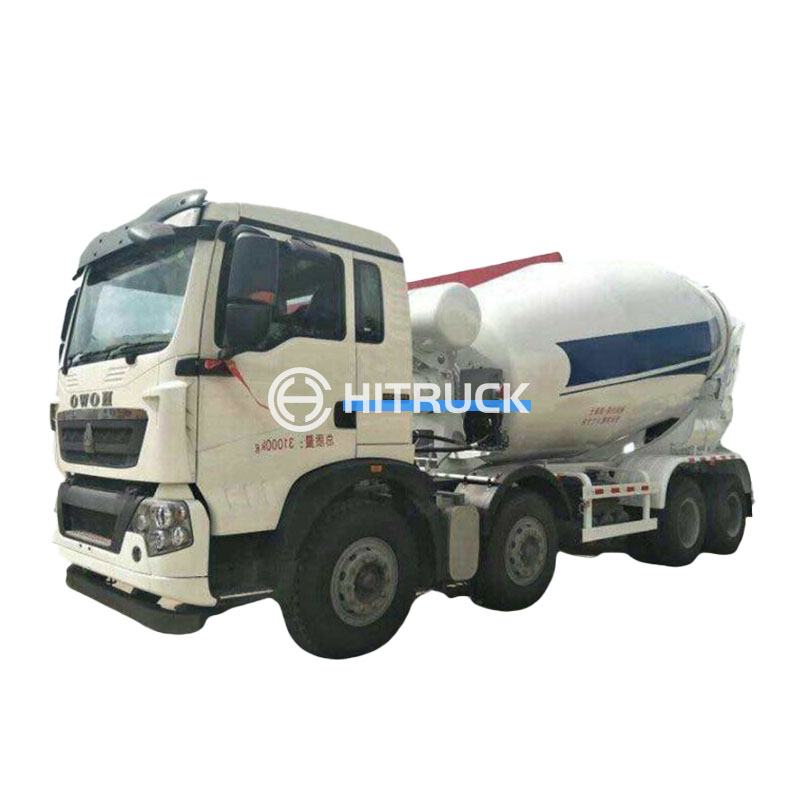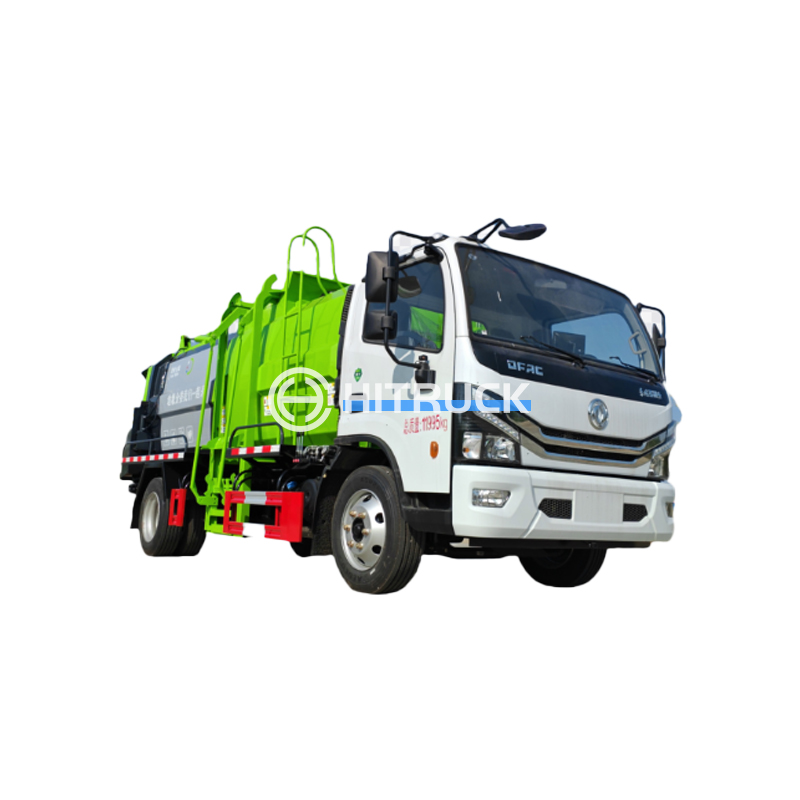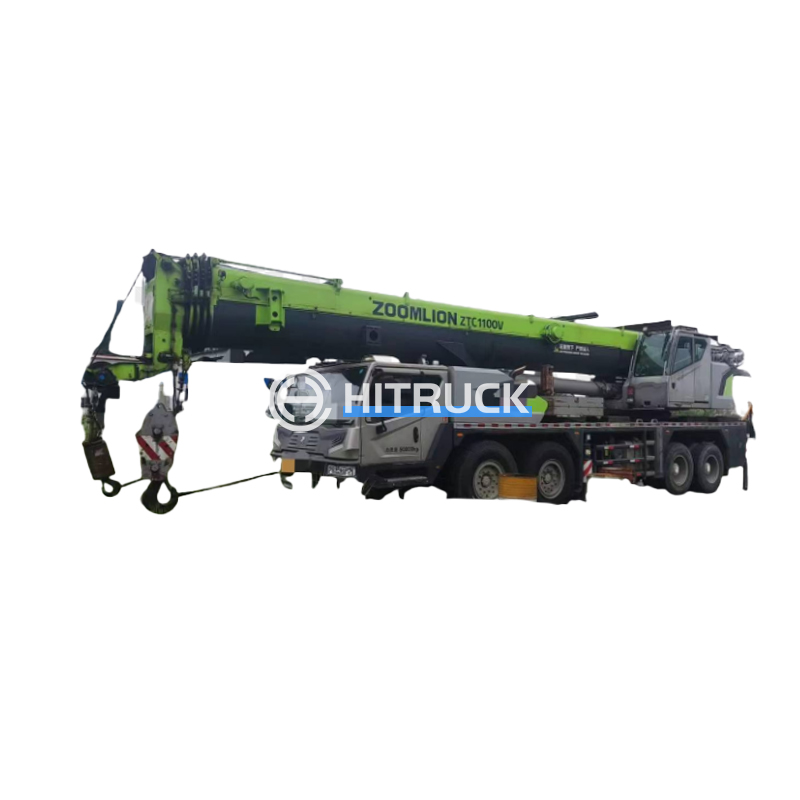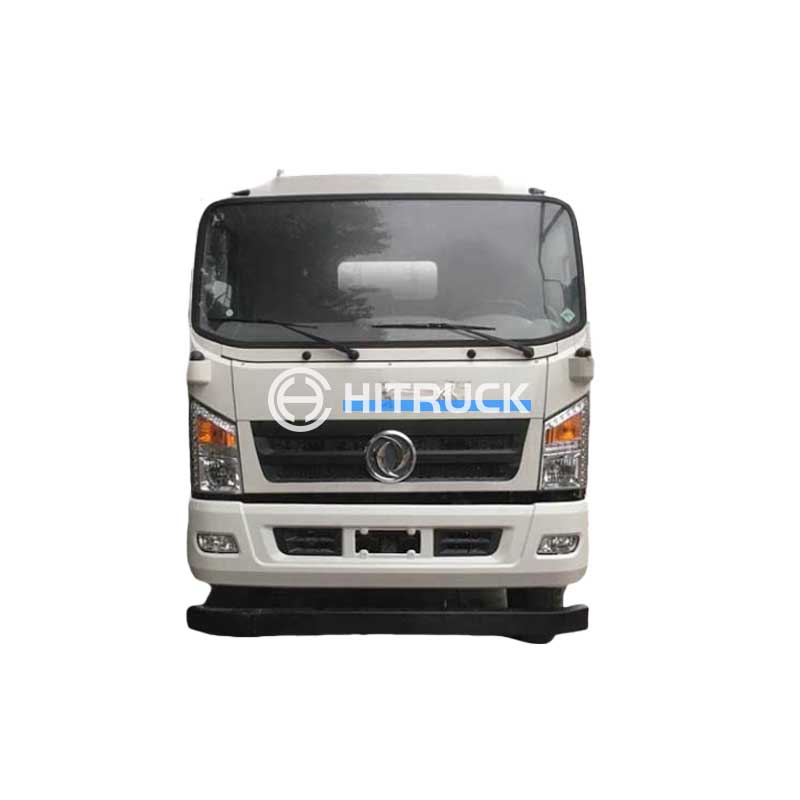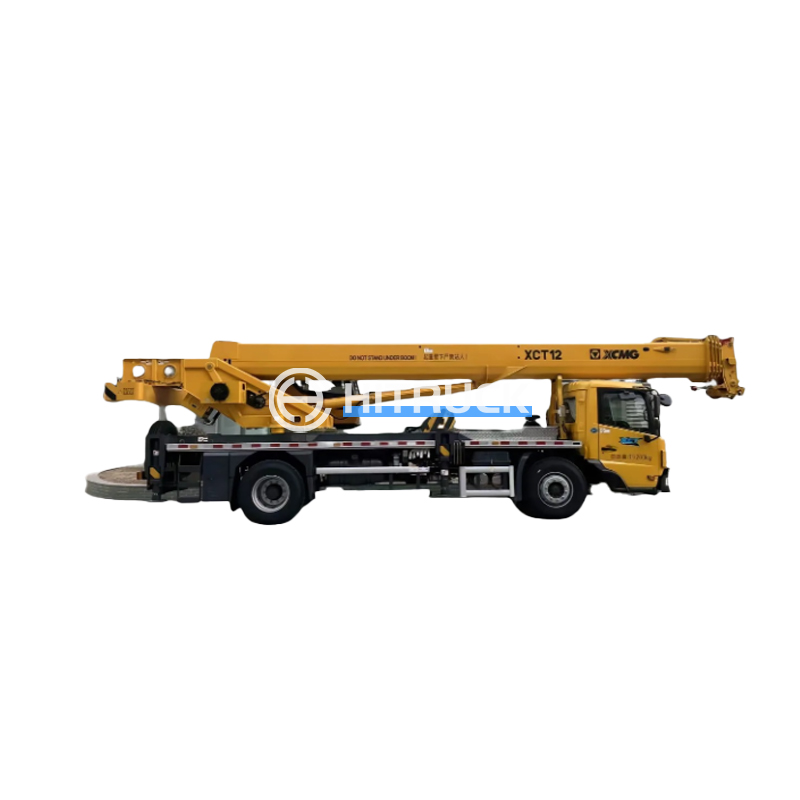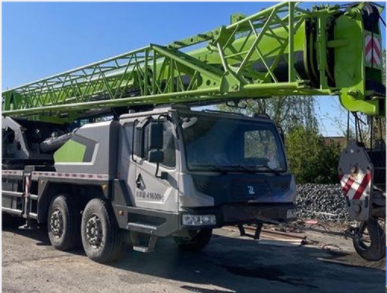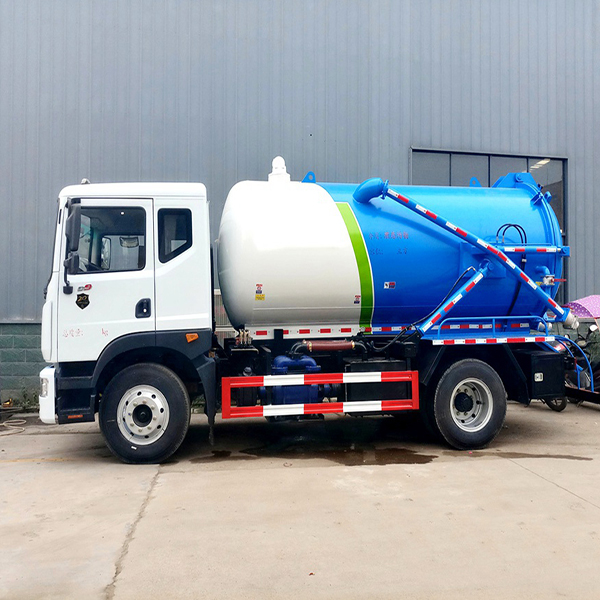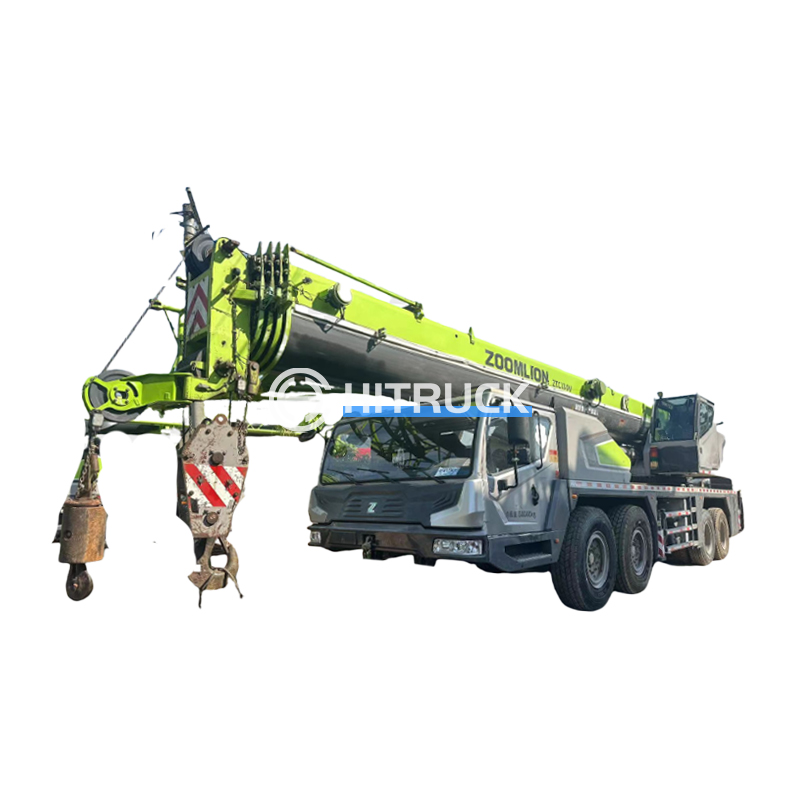This comprehensive guide explores the world of HIAB cranes, covering their types, functionalities, applications, and key considerations for choosing the right one for your needs. We delve into the specifics, providing practical insights to help you make informed decisions. Learn about maintenance, safety regulations, and the latest advancements in HIAB crane technology.
HIAB cranes, also known as loader cranes, are hydraulically powered cranes mounted on trucks or other vehicles. They are highly versatile and widely used across diverse industries for lifting and transporting heavy loads. The name HIAB is actually a brand name, but it has become a generic term often used interchangeably with the term loader crane. These cranes are known for their compact design, powerful lifting capabilities, and ease of operation. They are significantly more maneuverable than traditional tower cranes or mobile cranes, making them ideal for various applications where space is limited.
HIAB cranes come in a wide range of lifting capacities, from small units handling relatively light loads to heavy-duty models capable of lifting several tons. The capacity you need depends on the typical weight of materials you plan to lift and move. This crucial factor impacts price and operational needs.
These cranes can be mounted on various vehicles, including trucks, vans, and trailers. The choice of mounting depends on the intended application and the type of vehicle you already own or intend to purchase. Consider the weight capacity of your vehicle when selecting a HIAB crane. Some are designed for specific vehicle types to ensure safe and stable operation.
Modern HIAB cranes often include advanced features such as remote controls, automatic load stabilization systems, and variable reach capabilities. These features enhance safety, efficiency, and operator control. Some models offer telescopic booms for increased reach and versatility. Check the specifications carefully to identify features suitable for your operations. For example, remote control is a significant safety advantage, particularly in tight or hazardous environments.
The versatility of HIAB cranes makes them suitable for a vast array of applications across diverse sectors, including:
Selecting the appropriate HIAB crane requires careful consideration of several key factors:
| Factor | Considerations |
|---|---|
| Lifting Capacity | Determine the maximum weight you will need to lift regularly. |
| Reach | Consider the required horizontal and vertical reach to cover your workspace. |
| Vehicle Compatibility | Ensure the crane is compatible with your truck or vehicle's weight capacity and mounting points. |
| Features | Evaluate features such as remote control, stability systems, and boom type. |
| Budget | Set a realistic budget to find cranes within your price range. |
Regular maintenance and adherence to safety regulations are crucial for the safe and efficient operation of HIAB cranes. Regular inspections, preventative maintenance, and operator training are essential to minimize risks and ensure optimal performance. Always follow the manufacturer's guidelines for maintenance and operation.
For further information and to explore a wide selection of HIAB cranes, consider visiting Suizhou Haicang Automobile sales Co., LTD. They offer a diverse range of high-quality loader cranes. Remember to prioritize safety in all operations involving heavy machinery.
Disclaimer: This article provides general information about HIAB cranes. Always consult with relevant professionals and adhere to safety regulations before operating any lifting equipment.

